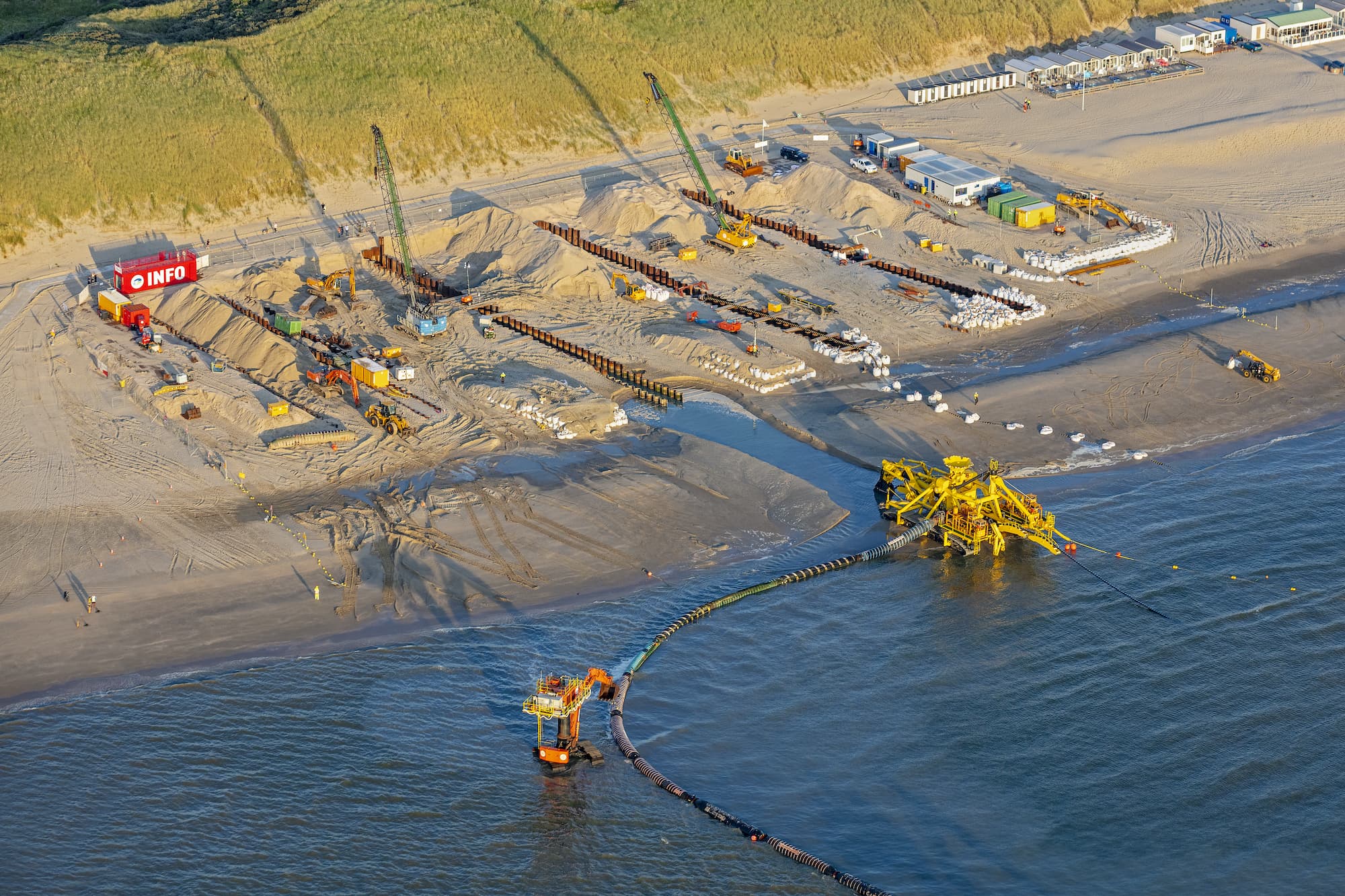The energy crisis is forcing society to rethink the strategic role of energy and the fuels and systems it previously relied on, but the disruption is also accelerating exciting new collaborations between energy companies and different industries. Together, they are tackling one of the biggest challenges of our time: how to progress towards a net zero economy while building energy abundance and ensuring that households and businesses have access to clean and affordable energy.
The ‘hard to abate’ industries, including transport, aluminium, steel, cement and concrete, which account for some 30 per cent of global emissions, have been impacted in particular by high energy and raw materials prices and the need to invest in decarbonisation. These are energy-intensive industries, where the decarbonisation pathways may be harder to achieve than straightforward electrification and require carbon capture technology or emissions management.
“There is a strong incentive for us to look at decarbonising our energy sources as a good way to reduce emissions in our operations while mitigating our exposure to fossil energy and future energy spikes,” says Nicolas Chretien, head of sustainability and environment at Airbus.
The energy transition of hard-to-abate industries will rely on a range of energy sources, fuels and technologies, including renewables, energy storage, green methanol, hydrogen and carbon capture, utilisation and storage (CCUS). However, many of these are still not commercially viable or available at scale, or are lacking the foundational infrastructure they need to operate.
Renewables have bottlenecks
Renewable energy is the simplest way to reduce scope 1 and scope 2 emissions, but in Europe its supply is still limited. There is a lot resting on the North Sea and transforming legacy oil and gas infrastructure to accommodate the next generation of clean energy, such as wind power. One important part of that process is building up the grid connection with power converter stations and interconnectors.
“Society will become increasingly electrified,” says Manon Van Beek, CEO of European grid operator TenneT. “Using electrons directly is always the most efficient solution. If you want to realise the energy system of the future even faster, you just have to look at the North Sea and to grow that into a North Sea powerhouse. Not just for the Netherlands or Germany, but also for the whole of north-western Europe. We have to really start thinking differently and scale up.
“Although I am responsible for electrons mainly, it is also important to say that the energy system of the future goes well beyond electrons because not all industry will be able to electrify. That is why I strongly believe in a future that is a mix of electrons, in the form of electricity from offshore wind, and molecules from hydrogen,” says Van Beek. “It is really important that [governments] have a roadmap that integrates electrons and molecules. And that we have a view on the infrastructural backbones for electricity and hydrogen, but also for heat and for carbon CO2 storage.”
There are opportunities in partnerships
Retrofitting natural gas pipelines for hydrogen, embedding CCUS in industrial processes and oil and gas value chains, and developing hydrogen or battery storage systems in combination with renewable energy are a few of the types of projects that will create new decarbonisation pathways. But they require new partnerships and ecosystems, often including the government or public sector organisations, to de-risk the large infrastructure investments needed for the energy transition and provide technology expertise, policy and permitting support and financing.
Renewable energy generated by wind power in particular will underpin many new types of clean energy ecosystems. Mads Nipper, CEO of Danish offshore wind power developer Ørsted, says there is potential in offtake agreements for green hydrogen.
Ørsted has formed a strategic partnership with German steelmaker Salzgitter to create closed value chains by bringing together the two companies’ capabilities for low-carbon steel, offshore wind power and renewable hydrogen.
“The wind typically blows more at night when there is not a lot of demand,” says Nipper. “It would be obvious to make hydrogen through electrolysis during that time, or on a very windy day when wind farms are curtailed and forced into lower production. That's a waste. If we had an electrolyser right next to it, we could use that intermittent power to generate hydrogen that can be used at any time.”
Power purchase agreements have potential
Many industrial companies are also forming partnerships with energy providers through power purchase agreements, which are long-term contracts to buy wind or solar power in large volumes at stable rates, with the option of feeding excess energy back to the grid.
Airbus, for instance, has signed a contract with GP Joule for 3.85GWh of solar electricity per year to power a helicopter production site in Germany. “We have the capacity and the capability to do this for Airbus,” says Chretien. “But we also see potential in making power purchase agreements more accessible within our supply chain, specifically for lower-tier suppliers.”
Some energy and industrial companies are already shifting to low- and zero-carbon sources of energy and are creating the infrastructure and technologies that will support them and their suppliers. But it is sharing resources, combined technology expertise and a common goal that will form an ecosystem that fuels a future net zero economy. Lasting change will come through energy intersections: the critical meeting points between energy companies and industries, transport and cities.
